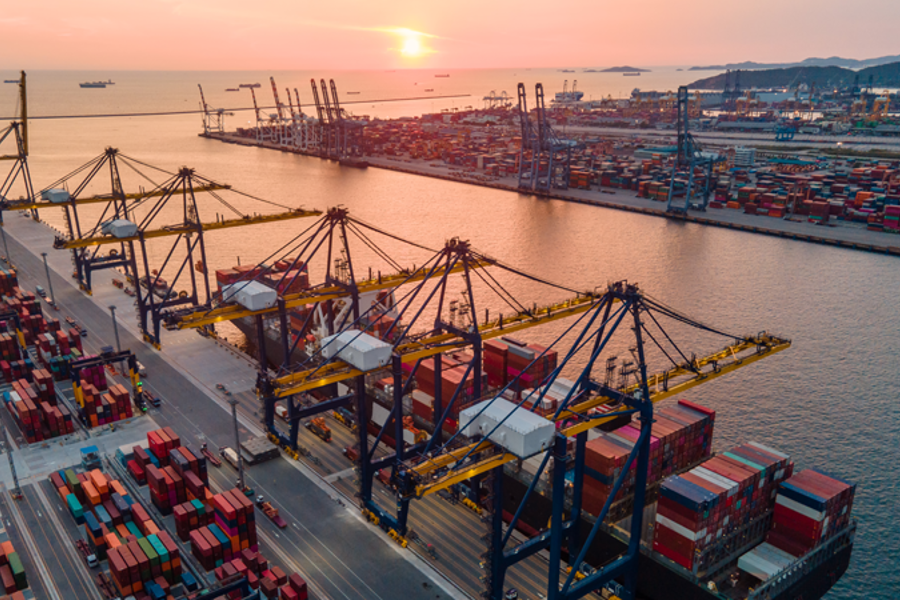What is Port State Control?
Port State Control inspections are the medium port States use to protect themselves from sub-standard ships visiting their ports. Port State Control Officers will board ships to inspect them for compliance with the major Conventions published by the International Maritime Organisation (IMO) and the International Labour Organisation (ILO), including safety, pollution prevention, load line, ISM and ISPS Codes and seafarer’s living and working conditions.
The port State can require defects to be put right immediately or within a set time frame, or where the deficiencies are serious, the ship can be detained. Port State Control is organised in a regional system through international Memoranda of Understanding (MOUs) covering Paris, Tokyo, the Indian Ocean, the Black Sea, Vina del Mar, Caribbean, Mediterranean, Abuja and Riyadh. The US Coast Guard is not an MOU, but it does control port State activities in the United States of America and its overseas territories.
What happens if a ship is inspected or detained?
Lloyd’s Register is here to help. Contacting us to arrange a surveyor to attend your ship is the first step. Our surveyors will support the Master, who will verify the justification for the deficiencies raised; they will ensure all measures are taken to rectify deficiencies and will work to get the ship released by the port State authorities if the ship has been detained.
Our classification rules and regulations do require ship owners and ship operators to inform LR when a ship has been detained, but we do recommend a surveyor is called in to assist with any Port State Control intervention. It can be a very stressful situation for the Master and crew of a ship, and the support from one of our experienced surveyors will help to make that situation easier and ensure departure from the port without delays.







